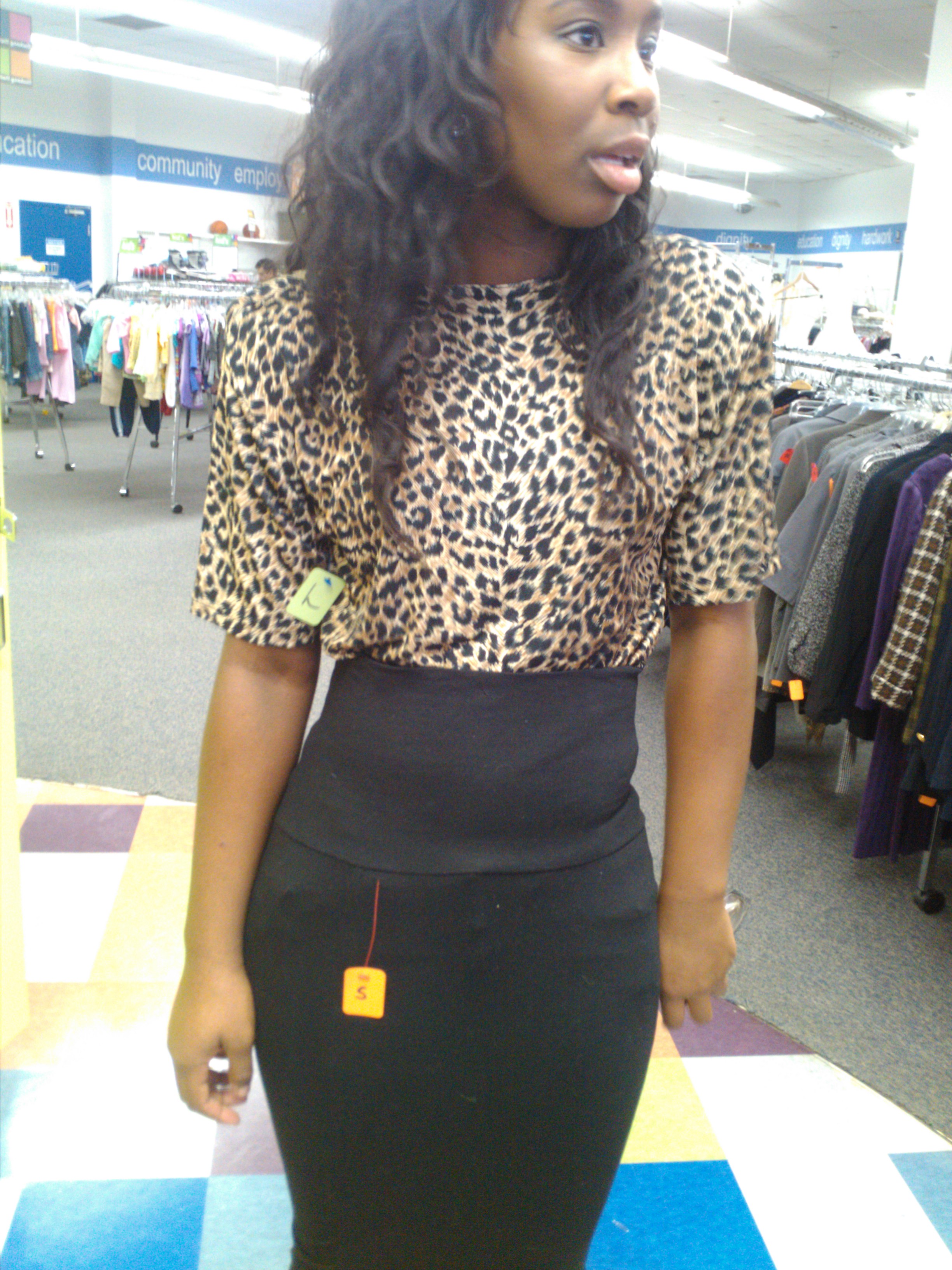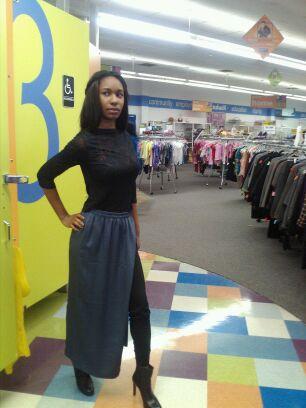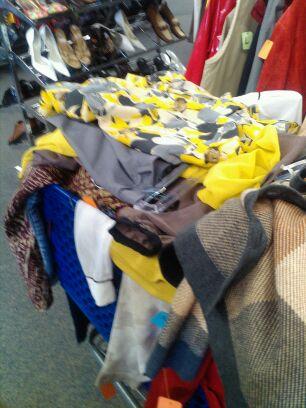 With artists such as Macklemore and Kreayshawn changing conceptions on style, “thrifting” and “bargain hunting” are becoming a mainstream part of college culture.
With artists such as Macklemore and Kreayshawn changing conceptions on style, “thrifting” and “bargain hunting” are becoming a mainstream part of college culture.
Thrift stores enable male and female students with the opportunity to find affordable clothing, accessories, and vintage collectibles for reasonable prices. Anyone can thrift!
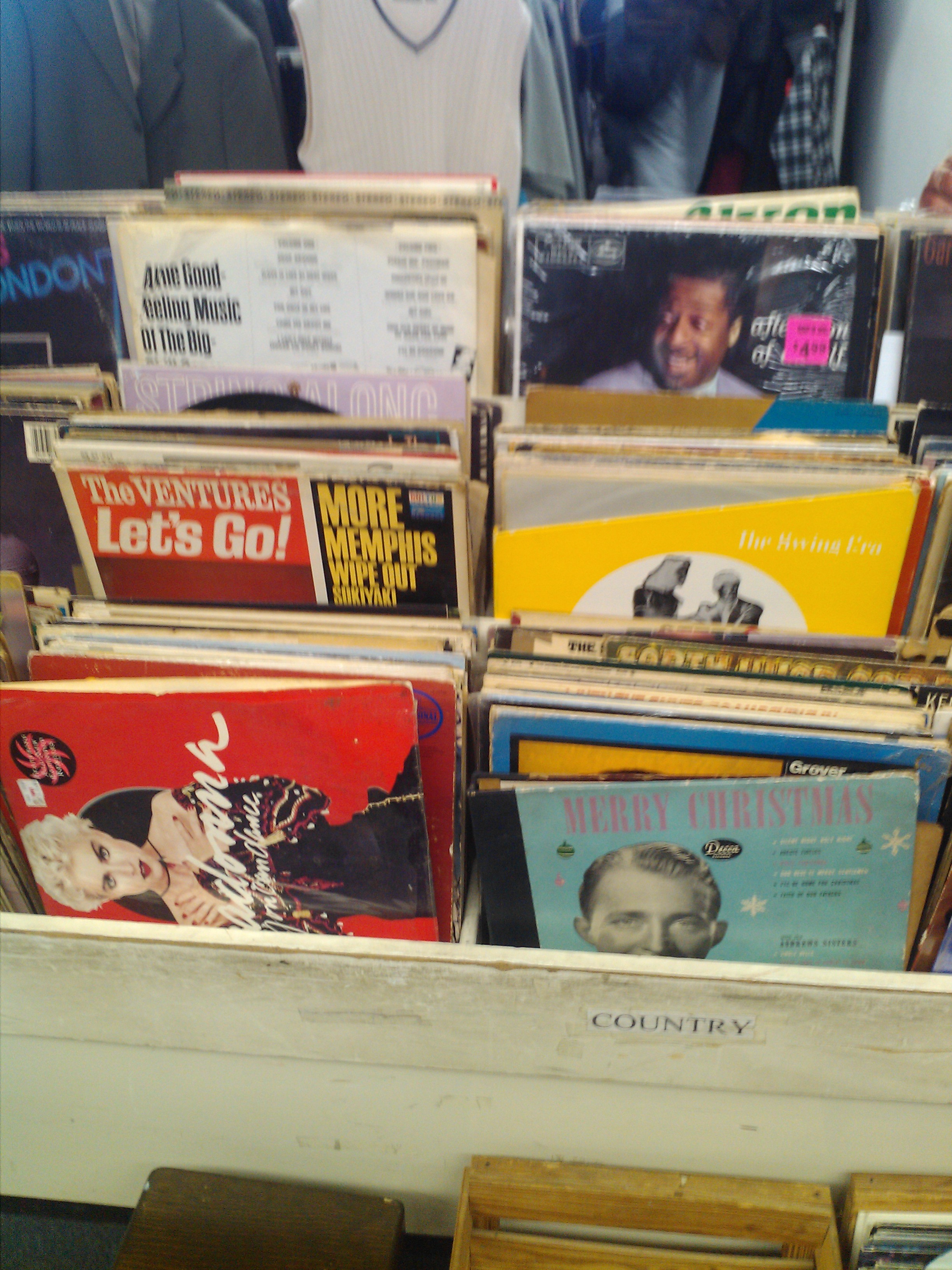
Everything from designer shirts, records, paintings, and dresses can be found at a thrift store. While students may be wary of thrift stores because most of the items are secondhand, thrift stores carry many of the same or similar styles as mainstream shops and boutiques.
Why pay $60 for a polyester tunic when you can buy a silk blouse for $4 to $5.00 at a thrift store?
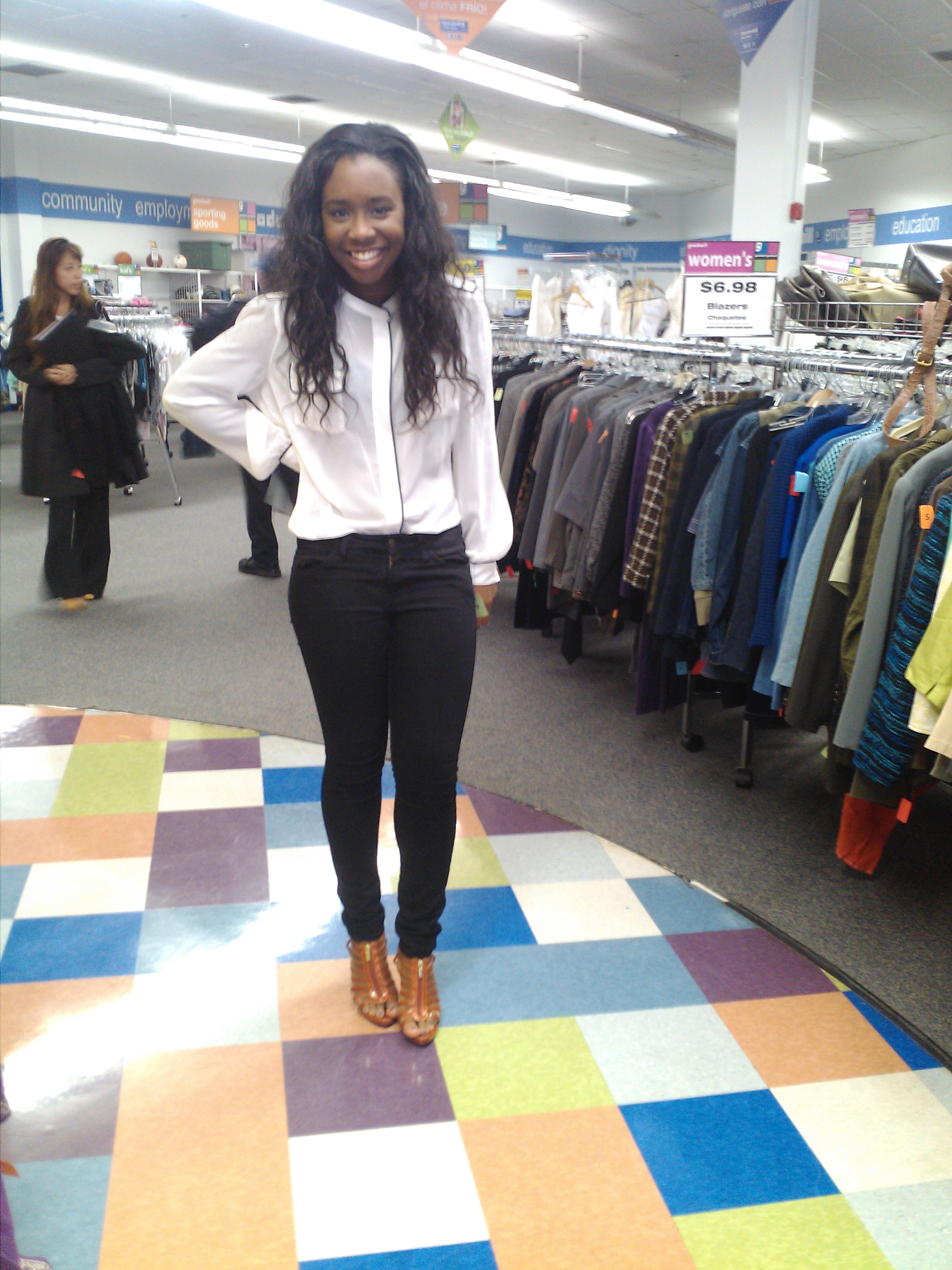 The extra $55 you spent on the “brand name” shirt could have bought you a week’s worth of groceries. Not to mention unless your tag is sticking out or your wearing a shirt with a huge logo there is no clear way of defining how much your shirt costs. Furthermore, the cost of the brand name shirt does not necessarily equate quality. There are some popular shops which shall remain nameless that carry “retro” pieces but these pieces are probably less than a year old. Furthermore, some of these items have been manufactured to emulate pieces from the different eras but may lack in quality and design.
The extra $55 you spent on the “brand name” shirt could have bought you a week’s worth of groceries. Not to mention unless your tag is sticking out or your wearing a shirt with a huge logo there is no clear way of defining how much your shirt costs. Furthermore, the cost of the brand name shirt does not necessarily equate quality. There are some popular shops which shall remain nameless that carry “retro” pieces but these pieces are probably less than a year old. Furthermore, some of these items have been manufactured to emulate pieces from the different eras but may lack in quality and design.
So why shop for the pseudo- retro piece at these brand name stores when you can increase your chance at getting the real thing at a thrift store.
Thrift stores are not the only place where you can find cool retro pieces; vintage stores carry a plethora of these pieces. Unlike thrift stores, vintage stores specialize in certifying that the piece is authentic and from that era and at some stores can give an exact date or era that the piece is from. Overall, the distinction between items in thrift stores and vintage stores in some regions can be very small.
When shopping at thrift store whether it’s your first time or 100th time here is a cheat sheet to follow!
Strategy + Budget Optimization =Savvy Shopper
 1) Determine what pieces you need.
1) Determine what pieces you need.
2) Create a Budget
When shopping you want to have a baseline for how much you can and would be willing to spend. The essence of thrifting is frugality so having a budget beforehand is the first rule.
3) Check for stains, missing buttons, and holes.
Thrift stores carry a wide array of cool pieces. From blouse to trendy skirts, but always checking to see if the item is in good condition is the first law of thrifting.
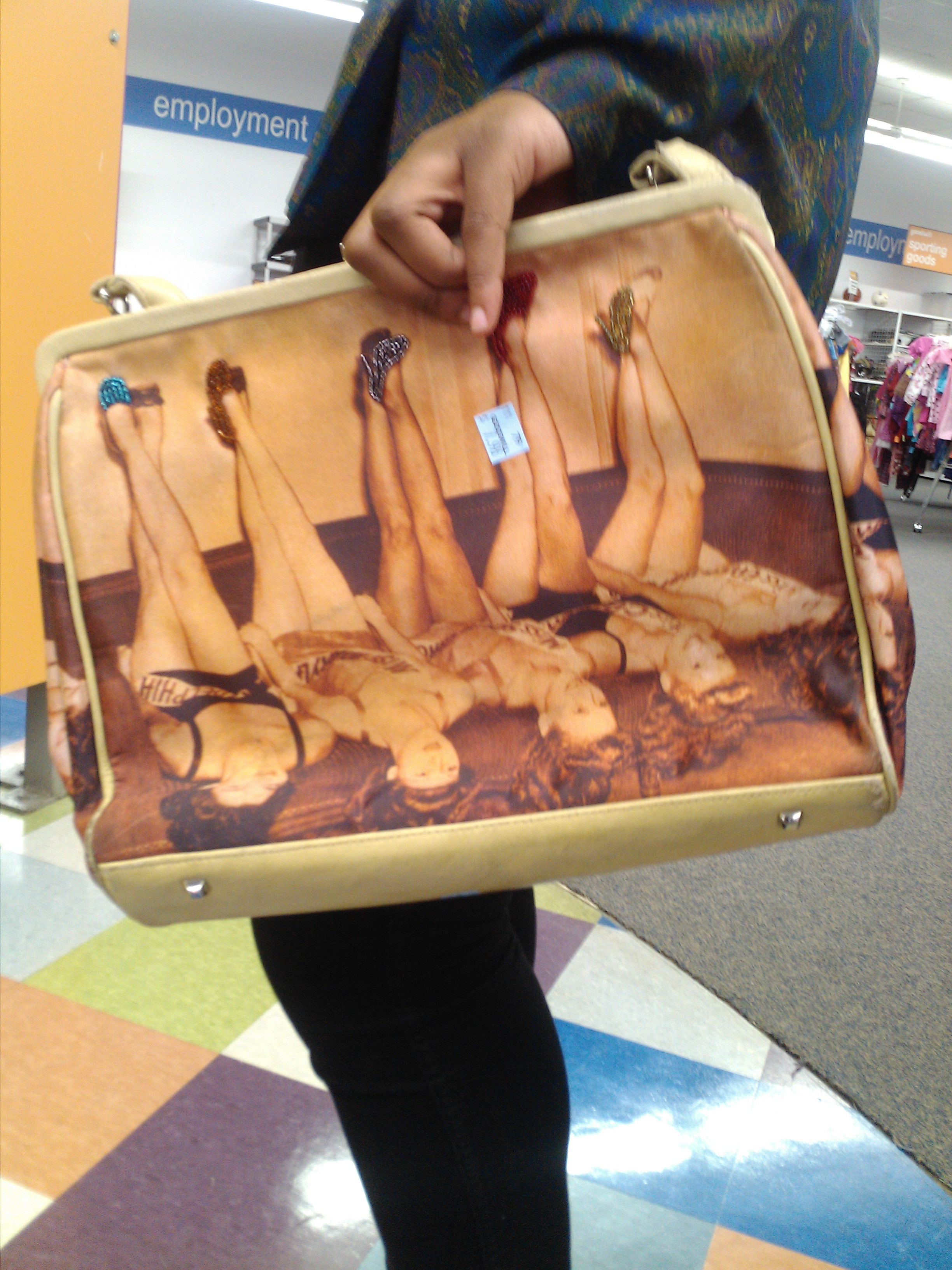 4) You may never see the item again so put it into the cart.
4) You may never see the item again so put it into the cart.
If you see an item you are possibly considering put it in the cart! Because thrifting is like a treasure hunt, an item you leave for five minutes may end up in the shopping cart of your fellow shopper.
1) Try it on!
Different brands carry various sizes trying out not only ensures proper fit but it also lets you know whether or not the piece will fit with your wardrobe or taste.
2) Refer back to the budget! Optimize…MR=MC ? No this is not economics but you do want to try to get the best pieces for the least amount.
Now that you have all these wonderful pieces think back to your original budget and make sure you are within your constraints.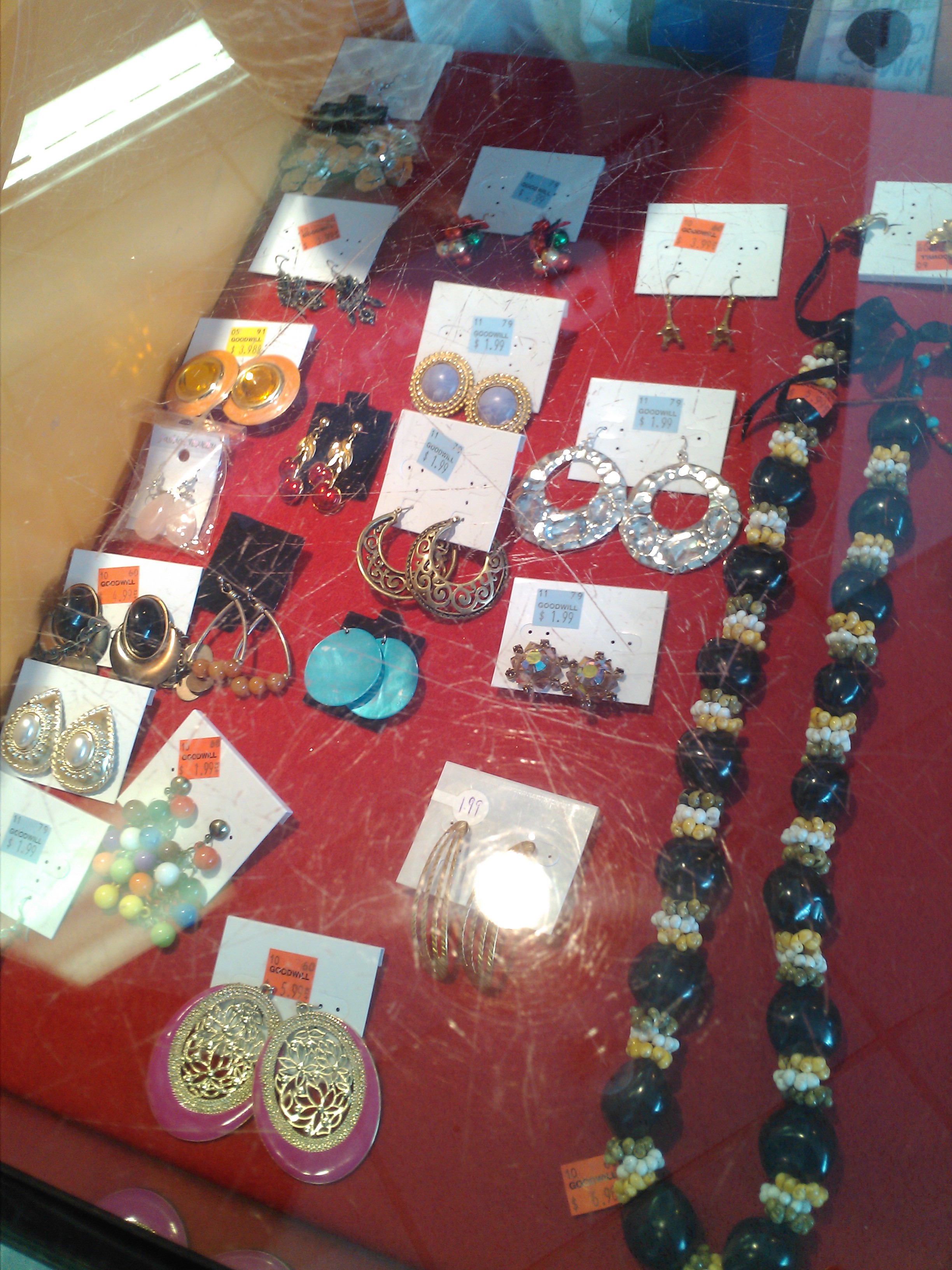
3) Optimize!
You’ll find wonderful pieces in the thrift store but maintaining your budget is a good way to discipline shopping habits.
4) BUY!
Yes! You deserve it!
Chizoba Okafor is a graduating senior business management from Howard University with a love for fashion and music. She says she began her love for vintage pieces by sifting through her mother’s old clothes. She has been thrifting for four years and gives fashion consultations free of charge. The looks displayed above are a mix of Spring 13’ trends: Neon and Metallic, Tribal Elements, and Uptown Sheek.

